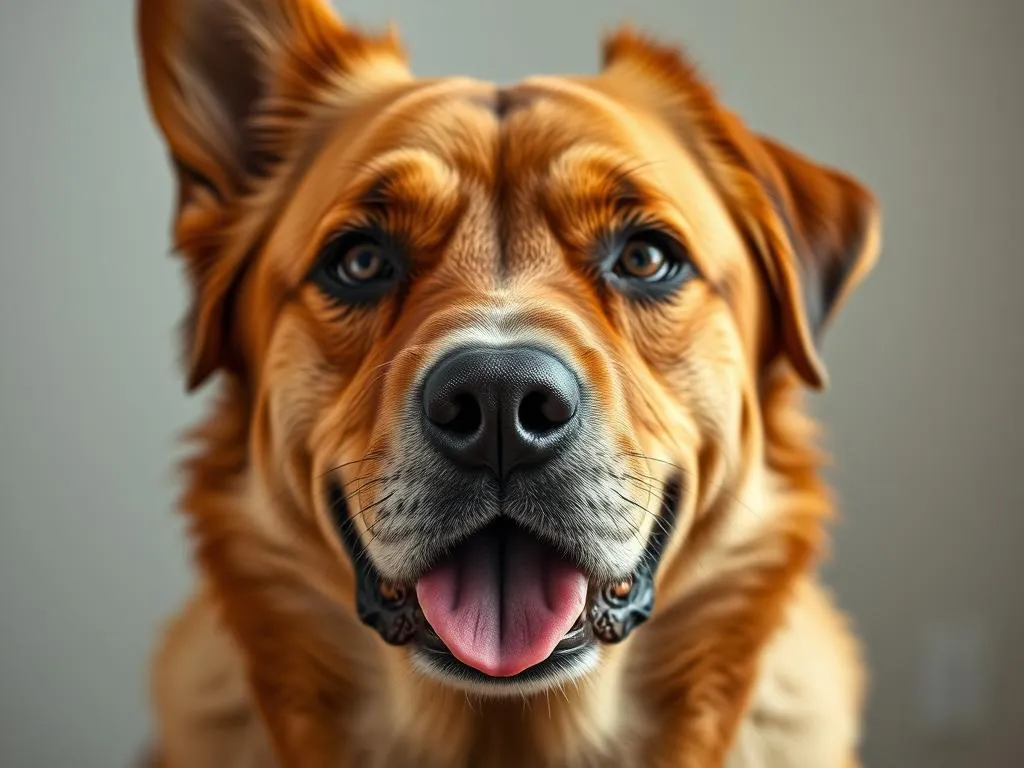
Introduction
When it comes to dog health care, understanding the various aspects of a dog’s well-being is crucial for every pet owner. One often overlooked yet significant aspect is anal gland health. Many dog owners find themselves asking, “why do dogs’ anal glands fill up?” This question is not just a matter of curiosity; it’s essential for ensuring your furry friend’s comfort and health.
In this article, we will explore the functions and anatomy of anal glands, delve into the reasons behind their filling up, and discuss how to prevent and treat related issues. By the end, you’ll have a comprehensive understanding of anal gland health that can help you care for your dog more effectively.
Understanding Anal Glands in Dogs
What Are Anal Glands?
Anal glands are small, sac-like structures located on either side of a dog’s anus. They are part of the dog’s excretory system and serve a critical function. The primary role of these glands is to produce a unique secretion that dogs use for marking territory and communicating with other dogs.
Anatomy of Anal Glands
Each dog has two anal glands, often referred to as the anal sacs. These glands contain a mixture of fatty acids, proteins, and other substances that contribute to their distinctive smell. The secretions produced can vary in consistency and odor, depending on the dog’s diet, health, and stress levels.
Why Do Dogs’ Anal Glands Fill Up?
Normal Functioning of Anal Glands
Typically, anal glands express naturally when a dog defecates. The pressure from the stool against the glands causes them to release their contents. However, several factors can disrupt this natural process, leading to issues such as overfilling.
Causes of Anal Gland Overfilling
Diet-Related Issues
One of the most significant contributors to anal gland problems is a dog’s diet. A low-fiber diet can lead to softer stools, which may not provide enough pressure to express the glands.
- Fiber: Fiber plays a vital role in forming firmer stools, which can help promote the natural expression of anal glands.
Health Conditions
Various health issues can also affect the normal functioning of anal glands. Common conditions include:
- Obesity: Excess weight can change the anatomy of a dog’s rear end, making it more challenging for the glands to empty naturally.
- Infections: Anal gland infections can lead to swelling and blockage, preventing proper expression.
- Genetic Predispositions: Certain breeds, such as Cocker Spaniels and Bulldogs, are more prone to anal gland problems due to their anatomical structure.
Stress and Behavioral Factors
Stress is another factor that can influence anal gland health. Dogs may express their glands involuntarily when they are anxious or under stress. Signs of stress can include:
- Excessive barking or whining
- Destructive behavior
- Changes in eating habits
Signs Your Dog’s Anal Glands Are Full
Physical Symptoms
Recognizing the physical symptoms of full anal glands is crucial for timely intervention. Common signs include:
- Scooting: If your dog drags its bottom across the floor, it may indicate discomfort or full anal glands.
- Licking: Excessive licking of the anal area can be a sign of irritation or fullness.
- Changes in Behavior: A dog with full anal glands may become restless, irritable, or less active than usual.
When to Seek Veterinary Help
If you notice any of the above symptoms, it’s essential to consult a veterinarian. Indicators that professional care is needed include:
- Persistent scooting or licking
- Swelling or redness around the anus
- Foul odor emanating from the anal area
- Signs of pain or discomfort
Ignoring these symptoms can lead to complications such as abscesses or infections, which may require more intensive treatment.
Preventing Anal Gland Problems
Dietary Recommendations
A high-fiber diet can significantly benefit your dog’s anal gland health. Consider incorporating the following:
- High-Fiber Foods: Vegetables like pumpkin and carrots can help increase fiber intake.
- Supplements: Fiber supplements can also aid in maintaining healthy bowel movements.
Regular Exercise
Physical activity is essential for promoting regular bowel movements, which can help express the anal glands naturally. Recommended exercise routines may include daily walks, playtime in the yard, or agility training, depending on your dog’s breed and energy level.
Routine Vet Checkups
Regular veterinary examinations can help catch anal gland issues early. Make sure to discuss your dog’s anal gland health during checkups, especially if you notice any signs of discomfort or unusual behavior.
Treatment Options for Full Anal Glands
Home Remedies
There are safe and effective home treatments you can try if you suspect your dog’s anal glands are full. These may include:
- Increased Fiber: Adjusting your dog’s diet to include more fiber can help with natural expression.
- Warm Compress: Applying a warm compress to the area may provide relief and promote drainage.
However, if symptoms persist or worsen, it’s important to consult your veterinarian.
Professional Interventions
In some cases, manual expression of the anal glands may be necessary. A veterinarian can safely perform this procedure to relieve discomfort. Other professional interventions may include:
- Medications: Antibiotics may be prescribed for infections.
- Surgery: In severe cases, surgical options may be considered to remove impacted glands.
Post-Treatment Care
After treatment, monitor your dog for any signs of discomfort. Follow your veterinarian’s aftercare instructions, and keep an eye on your dog’s behavior and hygiene.
Common Myths About Dog Anal Glands
Myth vs. Reality
There are several misconceptions about anal gland care that need to be addressed:
- Myth: Dogs should have their anal glands expressed regularly.
-
Reality: Only dogs with specific issues may require regular expression, as frequent manual expression can lead to dependency.
-
Myth: Anal gland issues are only a concern for older dogs.
- Reality: Any dog can experience anal gland issues, regardless of age.
Educating Other Dog Owners
It’s essential to seek accurate information and share knowledge about anal gland health within the dog community. Educating fellow dog owners can lead to better awareness and care practices.
Conclusion
Understanding why dogs’ anal glands fill up is vital for every dog owner. By being aware of the signs and symptoms, you can take proactive steps to ensure your dog’s comfort and health. Regular checkups, a well-balanced diet, and attention to your dog’s behavior are key components of maintaining good anal gland health.
FAQ Section
What happens if a dog’s anal glands are not expressed?
If a dog’s anal glands are not expressed, they can become impacted or infected, leading to pain, discomfort, and possible surgery.
How often should I have my dog’s anal glands checked?
It varies by dog, but generally, if your dog shows signs of discomfort or has a history of anal gland issues, it’s best to have them checked regularly by a veterinarian.
Can anal glands cause pain for my dog?
Yes, full or infected anal glands can cause significant pain and discomfort for dogs.
Are there specific breeds prone to anal gland issues?
Certain breeds, such as Cocker Spaniels, Bulldogs, and Dachshunds, are more prone to anal gland issues due to their anatomy.
What can I do at home to help my dog with anal gland issues?
You can help by increasing your dog’s fiber intake, ensuring regular exercise, and monitoring their behavior for signs of discomfort. If issues persist, consult your veterinarian.
By understanding the complexities of anal gland health and taking proactive measures, you can greatly improve your dog’s quality of life.









